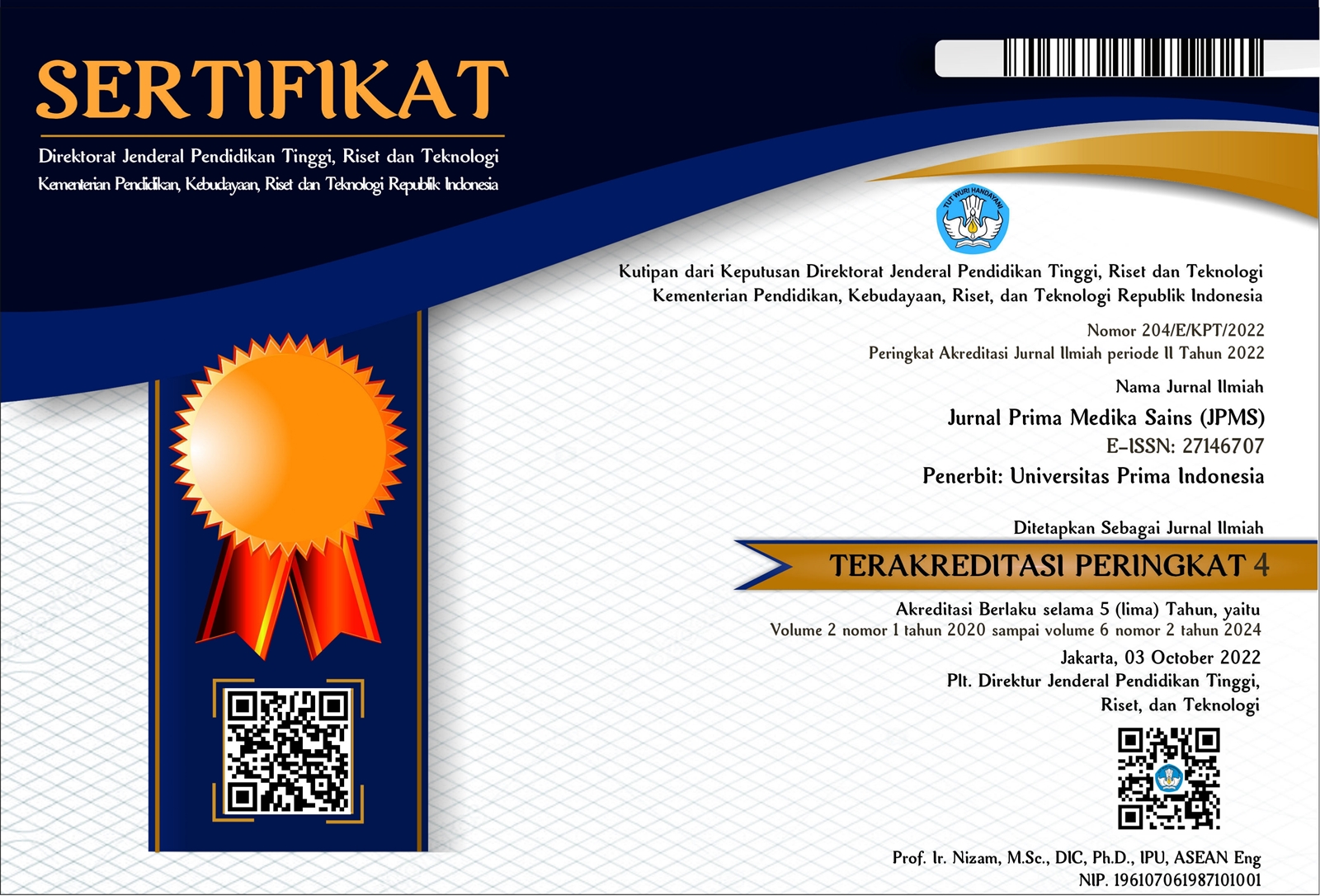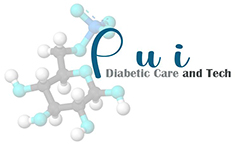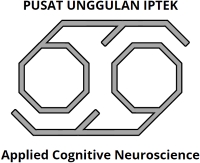Effectiveness of green betel leaf extract cream in healing cut wounds
DOI:
https://doi.org/10.34012/jpms.v5i2.4399Keywords:
green betel leaf extract cream, cut wound, wistar ratAbstract
Green betel leaf (Piper betle L.) is widely used in the healing of cut wounds. The aim of this study was to investigate the efficacy of green betel leaf extract cream in the healing of cut wounds on the skin of white Wistar rats. The design employed was a pre-test post-test with a control group design and a sample size of 20 white rats divided into four groups. Betel leaf extract was prepared using the maceration method, while a cream preparation of betel leaf extract was prepared using the oil-in-water emulsion type (M/A). Macroscopic histopathological evaluation was performed by examining fibroblast growth. A one-way analysis of variance (ANOVA) test (p < 0.05) was used to determine the difference between groups, and a post hoc least significant difference (LSD) test was used to analyze which treatment group had the greatest efficacy. Technical terms were explained upon first use, and the language used was clear, objective, and value-neutral to improve academic quality. The text was free from grammatical errors, spelling mistakes, and unnecessary jargon. A one-way analysis of variance (ANOVA) test (p < 0.05) was used to determine the difference between groups, and a post hoc least significant difference (LSD) test was used to analyze which treatment group had the greatest efficacy. The study revealed a substantial difference in the average wound healing rates between the control group (P0) and treatment groups P1, P2, and P3. This is due to the lack of active substances in the control group (P0), which aids in accelerating the wound healing process. Notably, the 15% green betel leaf extract cream demonstrated superior efficacy in healing wounds in white rats compared to the 10% and 25% green betel leaf extract creams. The results indicated no significant difference between the application of 15% and 25% green betel leaf extract cream. This is due to the fact that secondary metabolite compounds present in the extract produce a healing effect on wounds at these particular levels. However, lower concentrations only act as microorganism inhibitors, rendering them less effective for promoting wound healing.
Downloads
Published
How to Cite
Issue
Section
License
Copyright (c) 2023 Hilda Rafni Aulia, Wienaldi Wienaldi, Fioni Fioni

This work is licensed under a Creative Commons Attribution 4.0 International License.






